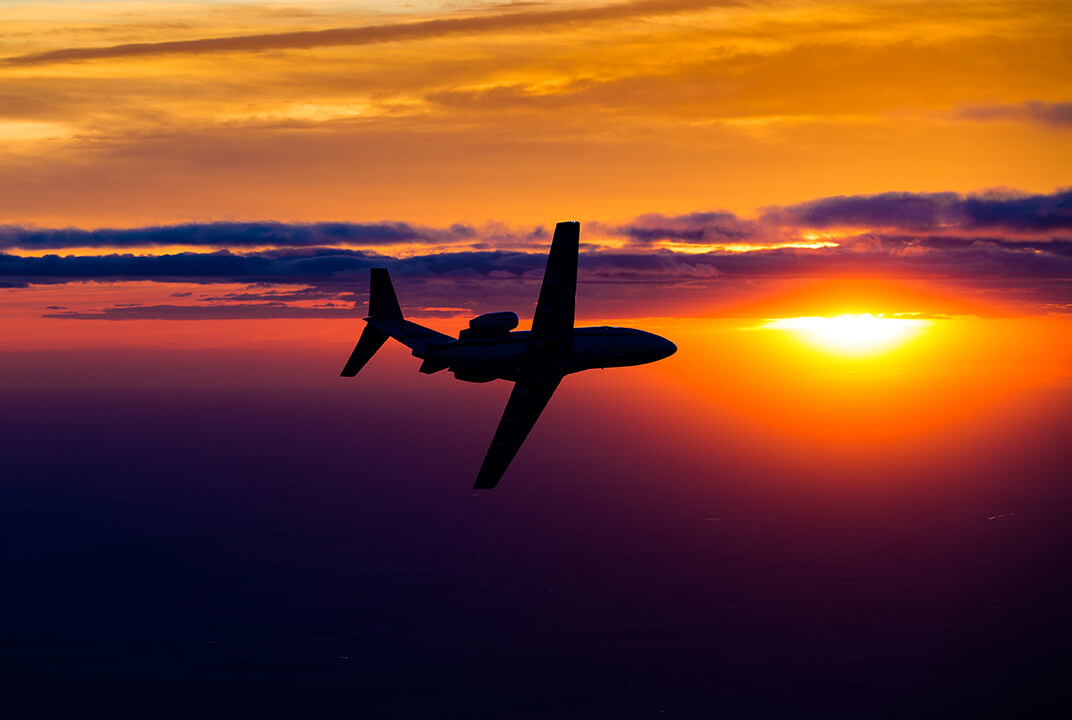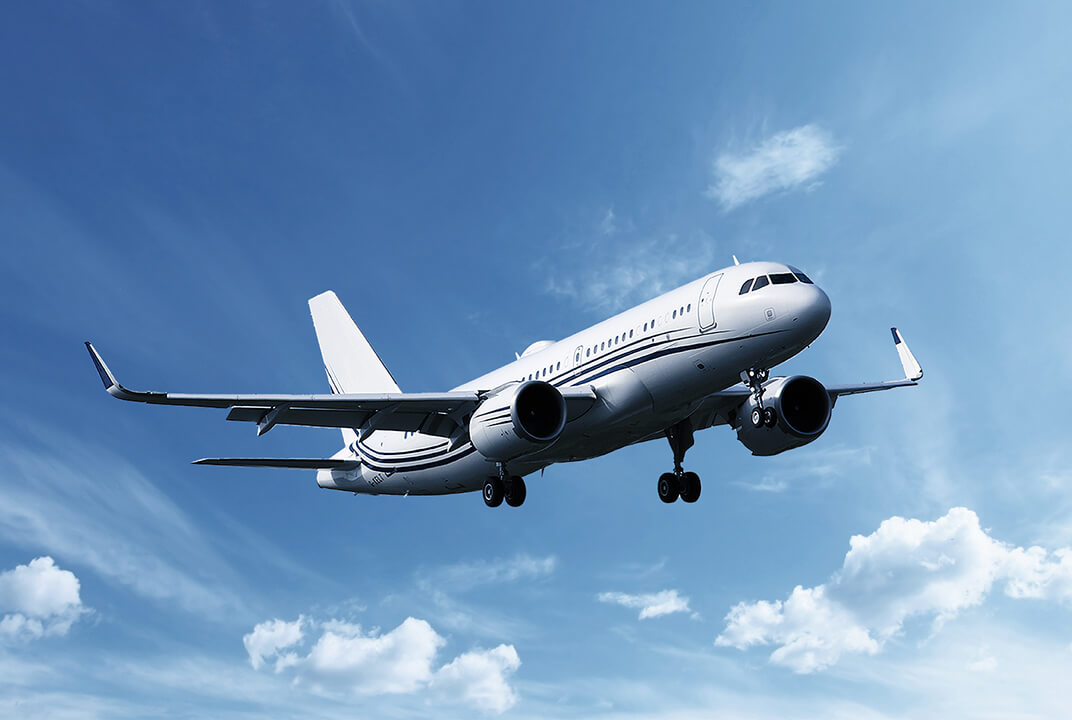Insight | Business aviation is changing but inflight connectivity remains central
Business aviation is changing but inflight connectivity remains central
Aviation
A live audience survey from this year’s CJI Global Conference highlighted valuable insights and emerging trends from the business aviation market.
One of the highlights from this year’s Corporate Jet Investor (CJI) Global Conference was a live audience survey, conducted in partnership with Inmarsat Aviation, which delved into a variety of business aviation trends that have emerged in the wake of COVID-19.
Interestingly, the vast majority of respondents believe interest in business aviation travel has actually surged following the global pandemic, with 80% expecting this growth to continue into 2021 and beyond. In fact, only a small minority (10%) expect the current growth trend in business aviation to stop when commercial aviation picks back up.
Due to the continued impact of COVID-19 in the short-to-medium term at least, its little surprise that concerns about the health and safety of principals was identified by 75% of survey respondents as a key reason for the current uptick in business aviation. And when quizzed what they thought the key areas of focus would be to retain customer growth in a post-pandemic world, 69% again pointed to personal health and safety.
After all, for travellers seeking the most sanitary and controlled environment in which to fly, business aviation ticks all the boxes. At the beginning of lockdown, the Austrian light jet charter operator GlobeAir estimated the risk of contracting coronavirus was 30 times lower on private jets compared to commercial aviation – pointing to the mere 20 touchpoints involved on a private flight, compared to 700 on a commercial flight.
These findings don’t surprise Kai Tang, Inmarsat’s Senior Vice President of Business and General Aviation (BGA). “Principals have always justified flying privately because of the time savings in particular,” he explains. “And now they’re looking to take extra precautions when it comes to their personal health and safety.”
Tang has even received feedback in recent months that Inmarsat’s business aviation inflight connectivity solutions have also helped to allay some of the personal health and safety concerns from principals. “With the situation in each country changing so rapidly and so constantly, inflight broadband ensures the latest real-time information about travel restrictions at destination can be sourced and acted upon enroute if desired.”
In addition, he adds that high-speed connectivity enables the latest live news and updates to be displayed on in-cabin TV screens. And thanks to this constant connectivity, passengers can stay in touch with their friends and family – something that right now provides an extra level of reassurance.
The demand for chartered flying increases
The general consensus is that much of the current growth in business aviation is being driven by the charter market, rather than business jet ownership, as principals seek to limit their exposure to financial risk. Nearly eight in ten survey respondents (77%) said that chartered flights had the most demand during the pandemic and its recovery period.
Tang believes this growing interest in chartered flying actually began before COVID-19, and the events of recent months have just accelerated demand. “Principals have increasingly begun to limit their exposure to the financial risk of ownership,” he states. “Which makes chartering a very attractive proposition.”
Consistent and reliable connectivity is a competitive advantage
The increase in demand for chartered flying will undoubtedly lead to more new entrants providing this service in the business aviation market. Just over two-thirds (67%) of respondents from the CJI survey felt that chartered companies would comprise most of the new entrants in the business aviation market.
In such a burgeoning marketplace, it’s vital that charter companies ensure their passenger experience is seamless end-to-end. Inflight connectivity can once again become a vital point of difference then – and provide a much-needed competitive advantage. “Charter companies need to choose an inflight Wi-Fi service that reflects their own service proposition, with global, consistent, reliable performance,” says Tang.
“You want to make sure that the experience on your jet is the same standard of excellence, each and every time it’s chartered,” he adds.
Inmarsat’s market-leading business aviation connectivity solutions are designed for these challenging demands. Jet ConneX, the only global, high-speed, purpose-built connectivity service for business aviation, guarantees coverage and a predictable high standard of performance wherever principals want to fly. “Our network is designed for global mobility,” explains Tang. “This capability, and the stability it provides, eliminates any unnecessary risk and volatility – it’s predictable.”
What do principals want from a chartered experience?
Although many of the prized benefits from business aviation, such as consistency, reliability and flexibility, are well known, it’s not just the practical nature of on-demand, point-to-point flying that principals want. The quality – and predictability – of the cabin experience is also key, and this includes access to premium onboard entertainment and, chiefly, consistent, seamless and high-speed inflight connectivity.
“If inflight connectivity ends up being particularly inconsistent or unreliable, there will be no patience for downtime,” suggests Tang. “Murphy’s Law dictates that it will fail at the worst possible time – when the principal has reached a critical juncture of a videoconference. There will be no patience for excuses or ‘we’re looking into it’.”
Indeed, such is the demand for connectivity that analysis of inflight Wi-Fi usage on jets fitted with Inmarsat services shows that principals are using more MB of connectivity on average per flight in 2020 than previous years. Staying connected, it seems, is more important now than it’s ever been.
Technology strengthens the value of aircraft
A final point worth dwelling on. Less than half of those surveyed (44%) anticipate that the increased demand for chartered flying will result in new aircraft orders. Therefore upgrading and enhancing existing jets will take priority.
Installing Jet ConneX on a retrofit only takes a few days and it can be implemented during a standard shop visit. Moreover, with the pre-owned market increasing in importance, maximising the saleability of your jet is vital, says Tang.
“Ensuring the jet is in optimal condition and kitted with the latest technology such as high speed connectivity could make all the difference in a sale,” he says. “Potentially this can help secure a better sale price as well as taking less time to sell, and being appealing to a wider range of buyers – including charter companies.”
Business aviation demand here to stay
So in a world increasingly characterised by uncertainty, CJI readers appear to agree on one thing. The increased demand within business aviation – propelled by the chartered sector – is here to stay, with 81% concurring with such a sentiment.
This is helping to recast the aviation habits of principals. And in era characterised by increased care and concern for their own personal welfare, connectivity has a pivotal role to play in ensuring passenger satisfaction and experience.


